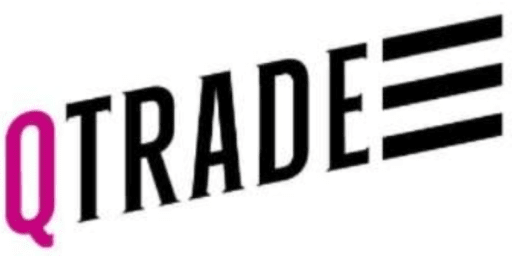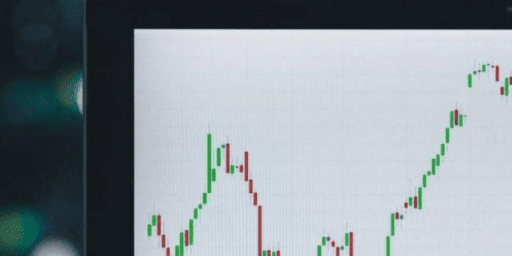Cashing Out Your Pension: The Small Benefit Rule
Last time we discussed the Maximum Transfer Value (MTV). As you may know, we are in the midst of a pension crisis in Canada – employer sponsored pensions are becoming the exception rather than the norm. If you’ve been with a single employer for your entire career and your pension plan allows you to transfer the commuted value at retirement you should be a lot more concerned about the MTV than an employee with a modest defined benefit plan who has been with their employer for less than two years.
If you have a very small pension and decide to seek employment elsewhere you’ll have the option to cash out your pension through the small benefit rule.
Small Benefit or Locked-in Transfer
Pensions are a liability for employers and cost money to keep them on the books. Even if you’ve only accrued a small pension of $25 per month, your employer will still have to include it as a liability on their yearly pension valuation.The purpose of the small benefit rule is to allow employees to cash out their pension if it falls below certain thresholds. The reason is simple – at this point your pension is too small to provide a useful pension.
If you have a pension of $25 per month in 2045, it probably won’t buy much. Employees who terminate their employment before retirement typically have two options: a deferred pension or transfer the commuted value to a locked-in retirement account (LIRA). Under the small benefit rule, employees no longer have the option of deferring their pension to retirement. Their options are to receive it as a cash lump sum or transfer the commuted value to their RRSP.
Understanding the Small Benefit Rule
The Pension Benefits Act for each province sets the rules on how individual employers can administer their pension plans. Subsection 39(1) of the Act states “a pension plan may make a lump sum payment in lieu of a pension where the amounts involved are too small to warrant being administered as a pension.”The small benefit rules are different for each province.
| Province | Accrued Benefit Threshold | Commuted Value Threshold |
| Alberta |
4% |
20% |
| British Columbia |
10% |
20% |
| Manitoba |
4% |
20% |
| New Brunswick |
0% |
40% |
| Newfoundland |
4% |
10% |
| Nova Scotia |
4% |
10% |
| Ontario |
4% |
20% |
| Prince Edward Island |
0% |
0% |
| Québec |
0% |
20% |
| Saskatchewan |
2% |
4% |
As you can see there are two threshold tests: the accrued benefit and the commuted value. Both test the current Year’s Maximum Pensionable Earnings (YMPE) (2013 YMPE: $51,100). If your pension falls below the threshold for either test you are entitled to receive your pension payable as a small benefit.
For example, in Ontario you can receive up to 20% of the YMPE (2013 YMPE: $51,100 x 20% = $10,220) or 4% of the YMPE of your accrued benefit (annual pension) payable at your normal retirement date (2013 YMPE: $51,100 x 4% = $2,044). If you’re 45 years old and you’ve been with your employer for two years and your commuted value is $12,000 and your annual pension at retirement is only $1,800, you would fall under the small benefit threshold due to your annual pension ($1,800 is less than $2,044). You would be able to receive the commuted value of your pension, $12,000, as a cash lump sum or transferred to your RRSP.
Final Thoughts
With employees no longer staying with a single employer for their entire career, the small benefit rule is a lot more common today. It’s important to note the small benefit rule isn’t set in stone – Ontario recently amended its small benefit rules from 2% to 4% of the YMPE for the accrued benefit threshold, making it easier for employees to cash out their pension. Your employer will determine whether you meet the small benefit test, but it’s always nice to know ahead of time, especially if you need the money while you’re looking for new employment.
If you’d like to read more about the Pension Benefits Act in your provide, visit here .
About the Author: Sean Cooper is a single, 20-something year old, first time home buyer located in Toronto. He has experience in the financial sector as a Pension Analyst, RESP administrator and Income Tax Preparer. He holds a Bachelor of Commerce in business management from Ryerson University. You can read some of his other articles here.
I've Completed My Million Dollar Journey. Let Me Guide You Through Yours!
Sign up below to get a copy of our free eBook: Can I Retire Yet?










This is wrong for Saskatchewan, the small benefit commuted value amount is 20% of YMPE, not 4%.
Hey, I’m 29yr old and have small pension benefit (Registered pension plan under Ontario) $18500 on locked in basis. I left the employer. Manulife gave me Options to transfer as LIRF, Annuity. I am first time home buyer who is struggling to save up for my down payment. Can you please help me with some information on what are chances to use some of this money as down payment.
Your help will greatly be appreciated.
Thank you.
My understanding is that a LIRA cannot be used for an HBP. Can any other readers comment?
Was wondering if you could give me an estimated commuted value of my pension. I have 11 years of pensionable income , I am 57.5 years old and my annual pension would be app 5000.00. I live in nl
Ruth that is a good question. I had to wait for the final summary to get the commuted value from nl pension . Note that as interest rates increase commuted values will decrease.
Hello,
Just need to confirm my understanding of Max transfer test and Small Amount, please.
As the Small amount is “Force Out” and it has to be taken either in cash or transferred to RRSP (up to the limit), it means no MTV test applies to determine the max transfer value/
Thanks.
You’d want to be careful taking the payout in cash if you lost your job near the end of the year. You might lose most of it in taxes. In that case, it would probably be better to take it as an RRSP contribution and withdraw from the RRSP the following year if you still haven’t got a job after 6 months plus, wouldn’t it?
Also, if you do take the payout as an RRSP contribution, does it come out of your regular RRSP limit, or is it a special extra non-refundable RRSP contribution? I would think that given that the PA was applied to you when it should not have been as you no longer have a company pension, you should be able to add it to your RRSP even if your RRSP is already maxed out.